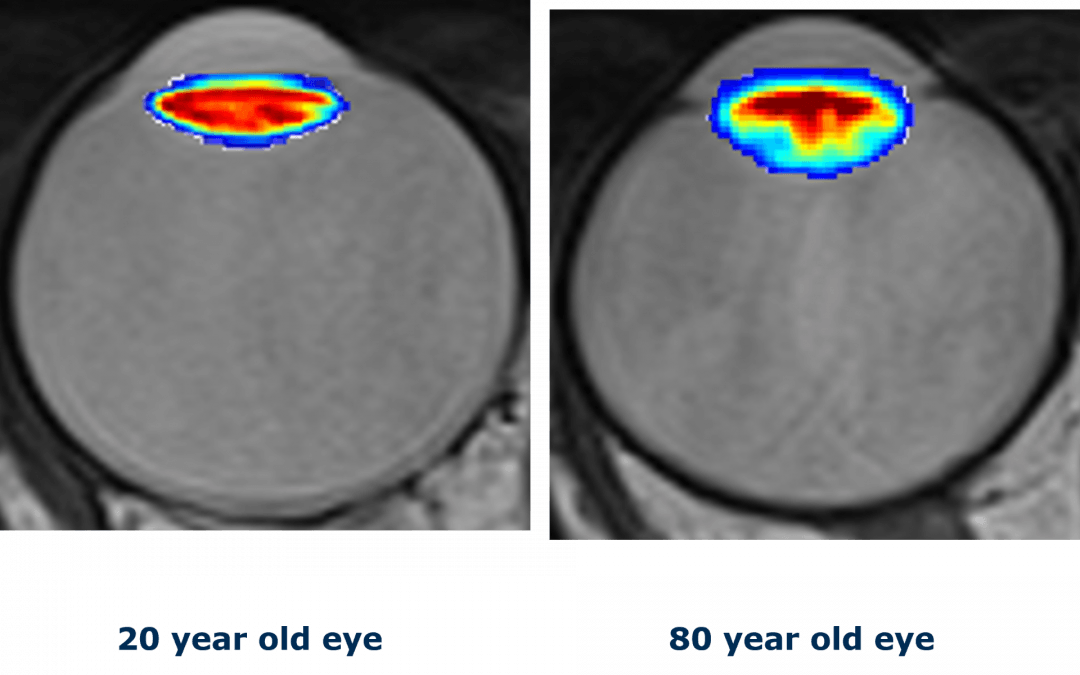
by nata004 | Jul 31, 2018 | Ageing Vision, Research
Our eyes become more farsighted as we age due to the loss of refractive power in the ocular lens. This is termed the lens paradox because the eye is expected to gain power as it grows. Why or how it occurs is unclear. We believe that an age-related shift of the...
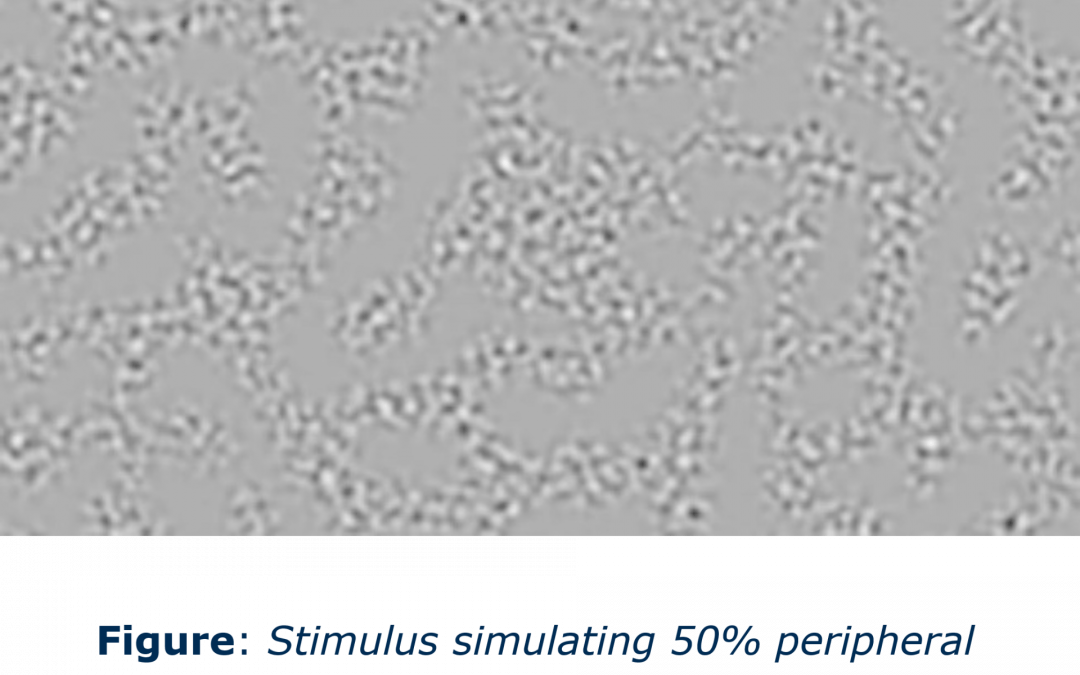
by nata004 | Jul 31, 2018 | Ageing Vision, Research
Optokinetic nystagmus (OKN) is a reflexive eye movement that happens when we see movement. We have been measuring how OKN changes when we simulate a loss of peripheral vision, as occurs in glaucoma. We are doing this to determine whether OKN could be used to detect...
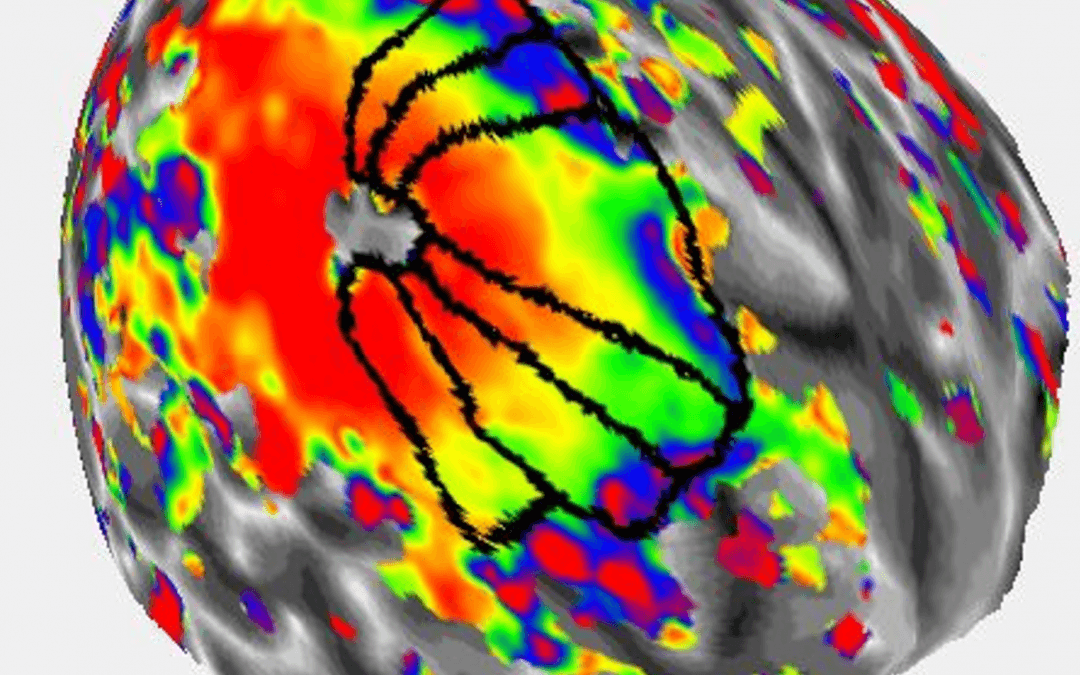
by nata004 | Jul 31, 2018 | Research, Vision Neuroscience
The sense that we are able to see things equally well across our field of view is an illusion. “High resolution” vision is limited to <1% of the field. The remaining “peripheral” vision is quite poor, and is impeded further when the target is surrounded by other...

by nata004 | Jul 31, 2018 | Physiological optics of the eye, Research, Vision Neuroscience
Humans group components of visual patterns according to their colour, and perceive colours separately from shape. To find out if fish use colour for object segregation in a similar manner to humans, we used stimuli inspired by the Ishihara test for colour deficiency....
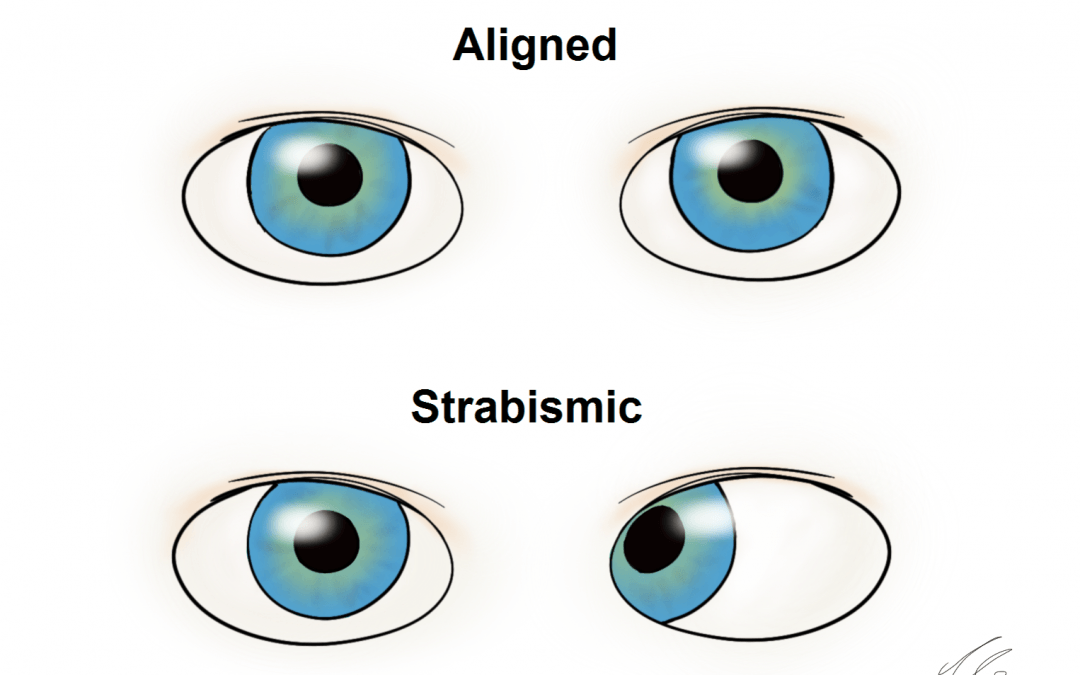
by nata004 | Jul 31, 2018 | Research, Technology & Vision
Strabismus (“squint” or an “eye turn”) is a condition where the two eyes are not aligned. It affects about 1 in 20 children. Some patients with strabismus need surgery to align their eyes. Surgical success depends on having good measurements of strabismus angle, eye...
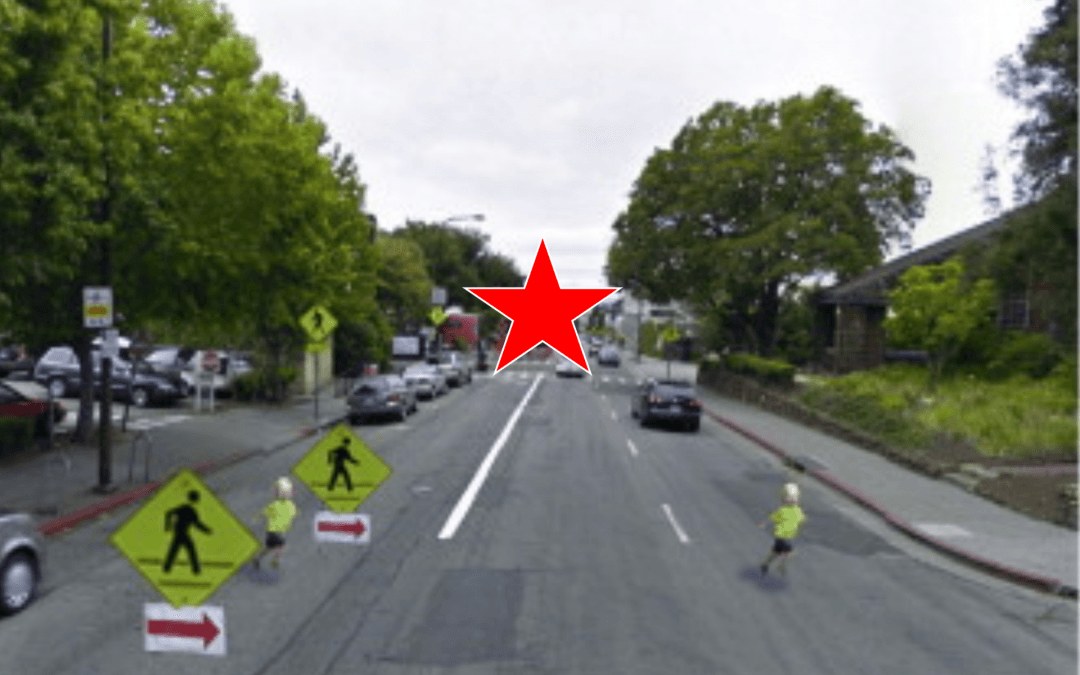
by nata004 | Jul 31, 2018 | Research, Vision Neuroscience
Although it is widely believed that the loss of one sense (like hearing) improves other senses (like vision) there is little evidence for this. To test this idea we measured peripheral vision of people with and without hearing loss. We measured “visual crowding: how...






